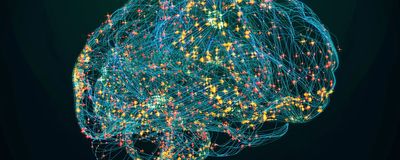neurodegenerative diseases

Understanding Neurodegenerative Disease with Prion Research
Hannah Thomasy, PhD | Sep 13, 2024 | 9 min read
Molecular neurobiologist Julie Moreno explores the consequences of protein misfolding in the brain.
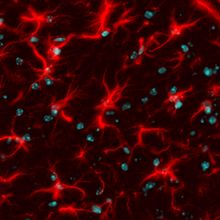
Friends and Foes: Astrocytes as Disease Targets
Deanna MacNeil, PhD | Apr 10, 2024 | 3 min read
A new platform for screening astrocyte reactivity helps researchers uncover potential therapeutic interventions to treat neurodegenerative conditions.
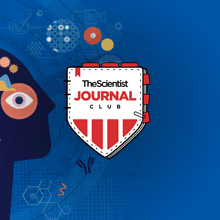
The Scientist’s Journal Club: Neuroscience and Cell Biology
The Scientist Staff | Mar 20, 2024 | 1 min read
Scientists discuss their latest findings on cell secretory states, synapse formation, and neurodegenerative disease.
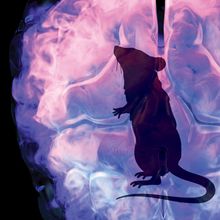
A Story of Mice and FIRE
Niamh McNamara, PhD and Veronique Miron, PhD | Dec 4, 2023 | 9 min read
Studying how microglia control myelin growth and prevent its degeneration helps scientists better understand and address neurodegenerative diseases.
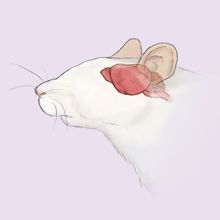
Infographic: Microglia Influence Myelin Health
The Scientist Staff | Dec 4, 2023 | 1 min read
In FIRE mice, the lack of microglia causes myelin overgrowth and eventual degeneration, indicating that microglia may contribute to age-related neurodegenerative diseases.

A Rare Genetic Mutation Protects Against Alzheimer's Disease
Hannah Thomasy, PhD, Drug Discovery News | Sep 17, 2023 | 4 min read
Data from a highly resilient individual guided researchers to new potential therapeutic targets.
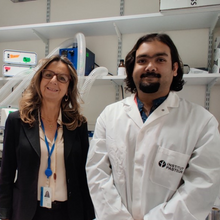
Microglia Rescue Aggregate-Burdened Neurons
Charlene Lancaster, PhD | Jun 12, 2023 | 4 min read
Researchers discover that neurons trade protein aggregates for microglial-derived mitochondria through tunneling nanotubes.

Integrating Technologies into Neurodegenerative Disease Research
Thermo Fisher Scientific | Jun 6, 2023 | 1 min read
Genetic analysis techniques give researchers the power to better understand, detect, and treat disease.
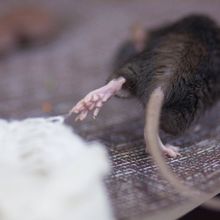
Scientists Discover New “Superfast” Muscle Fibers in Mouse Limbs
Katherine Irving | Feb 9, 2023 | 4 min read
Fast twitch fibers like these could one day be used to treat diseases like Parkinson’s.
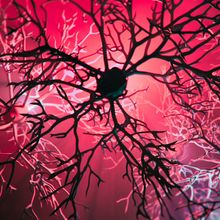
SNO-y Protein Levels Help Explain Why More Women Develop Alzheimer’s
Dan Robitzski | Jan 6, 2023 | 4 min read
Female postmortem brains contain more S-nitrosylated C3 proteins, likely linked to menopause, which instruct immune cells to kill neuronal synapses.
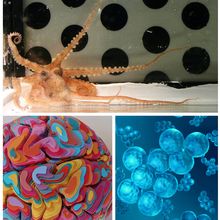
Our Favorite Neuroscience Stories of 2022
Dan Robitzski | Dec 28, 2022 | 4 min read
This year, neuroscience researchers made important discoveries related to how neurodegeneration attacks the human brain, hooked cultured neurons up to machinery to teach them to play a video game, and more.
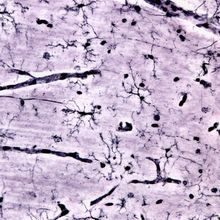
Opinion: Harnessing Microglia Cells to Stave Off Neurodegeneration
Kristine Zengeler, The Conversation | Dec 8, 2022 | 5 min read
Dialing up the activity of a protein called SYK in the brain’s “janitors” could provide an avenue to treat Alzheimer’s and other neurodegenerative diseases.

Chantell Evans Tracks Mitochondrial Cleanup in Neurons
Holly Barker, PhD | Dec 1, 2022 | 3 min read
The Duke University cell biologist uses live-cell microscopy to reveal how brain cells rid themselves of damaged mitochondria and what goes wrong in neurodegenerative disease.
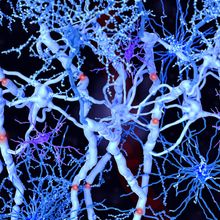
A Gene Variant Linked to Alzheimer’s May Disrupt Myelin Production
Andy Carstens | Nov 22, 2022 | 5 min read
The APOE4 variant causes cholesterol buildup in the cells that make protective fatty sheaths for neurons, possibly helping explain its role in neurodegeneration.
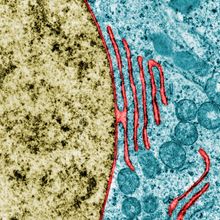
New Gene Mutants Identified in Rare Motor Neuron Diseases
Clare Watson | Oct 17, 2022 | 2 min read
The discovery of gene variants in cases of hereditary spastic dysplasia could provide a diagnosis to affected families where no genetic cause could be found before.
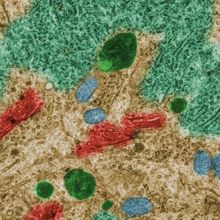
Scientists Uncover Major Pathway Cells Use to Mend Leaky Lysosomes
Holly Barker, PhD | Oct 6, 2022 | 3 min read
Damaged lysosomes are repaired by a lipid-based signaling pathway dubbed PITT that could be targeted to treat neurodegenerative disease, its discoverers say.

Ankur Jain Explores RNA Aggregations in Neurodegenerative Disease
Hannah Thomasy, PhD | Oct 3, 2022 | 3 min read
The MIT biologist studies how RNA molecules self-assemble and the role these accumulations may play in diseases such as ALS and Huntington’s.
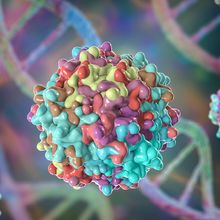
From Concept to Cure: Using AAV in Gene Therapy
The Scientist and Bio-Rad Laboratories | Sep 29, 2022 | 1 min read
With the right tools and techniques, researchers develop safe and effective adeno-associated virus (AAV)-based gene therapies.
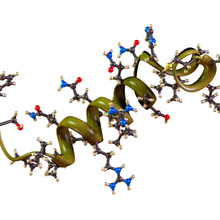
2023 Breakthrough Prizes Showcase Research in AI and Narcolepsy
Amanda Heidt | Sep 22, 2022 | 2 min read
Three prizes were awarded to six researchers working across the life sciences on cellular organization, protein structure, and the genetic underpinnings of a chronic sleep disorder.
